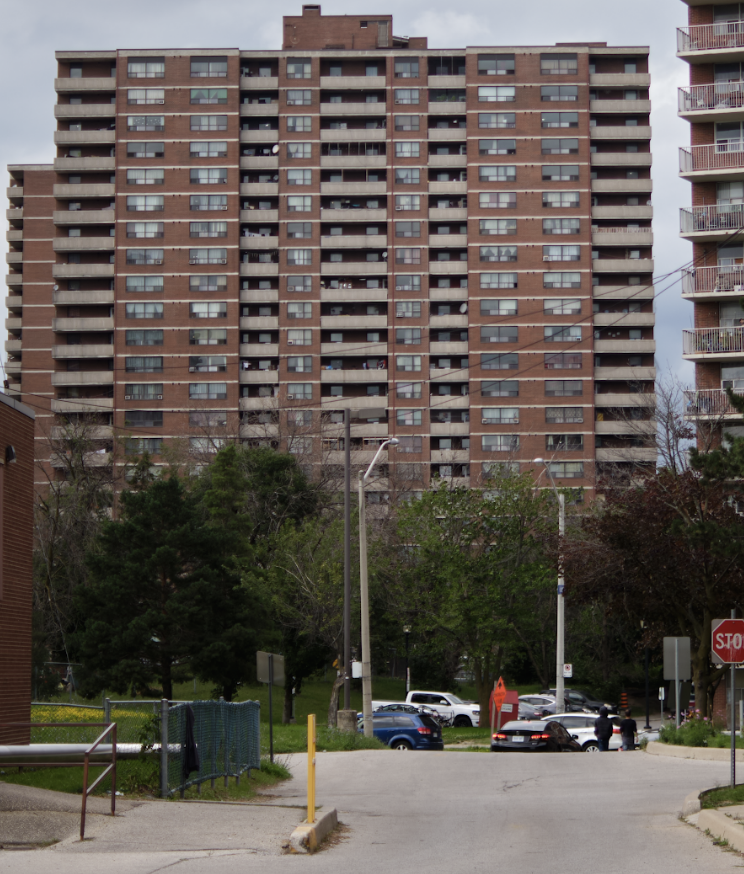Residents’ Satisfaction and Engagement with Government

The qualitative interviews helped us to unpack how the amorphous concept of ‘government’ is conceptualised at the neighbourhood level and how residents imagine its role in neighbourhood improvement, along with providing some insight into why people held particular stances captured by the survey. In general, interviewees pointed to tangible, visible government action rather than ideology. For example, many pointed to the level of service provision (both variety and quality) and upkeep of public infrastructure. These served as visual signals of financial investment and respect for local residents. Examples of dilapidated buildings (often specifically those of Toronto Metro Housing), dangerous road infrastructure, and unkempt recreational areas were repeatedly used as evidence that residents’ neighbourhoods were not prioritised by government actors.
At the same time, direct engagement by local politicians was an important indicator of government care, and respondents stressed that engagement needs to be continual rather than only during election season. Some even reminisced about former Mayor and Councillor Rob Ford, who famously called back constituents personally. This gesture was especially strong for those who did not feel that they could navigate traditional feedback channels to voice their concerns. Often these were immigrants who additionally struggled with a language barrier. Those that did feel current channels were sufficient often had personal experience working in government, were longer term residents or had higher education or income. Altogether, respondents cared much more about direct personal and financial investment in their neighbourhoods than abstract principles about the government’s role in daily life or party affiliation.
These same concerns loomed large in interviewees’ thoughts about what the government should do to help their neighbourhoods. Suggestions to increase funding towards schools and other forms of educational programming were frequent. This may have also been influenced by provincial cuts to education that were being implemented during the time interviews were conducted. In fact, this was one of the only topics in which interviewees mentioned specific political figures or parties. Instead, many framed increased service provision (including schools) as a public good that would increase the overall health of their neighbourhood.
When residents felt that there was a continued failure to address local needs, many concluded that stigmatization played a role in resource allocation. When asked about what caused this stigma, the demographic makeup of their neighbourhood was a common answer. Having a high number of racialized, immigrant, or low-income households was thought to explain low levels of investment. At times these feelings of neglect led to a low willingness to engage with elected officials due to a lack of trust. Whether or not interviewees felt they had the knowledge to navigate these systems, most showed a clear conception of what services and amenities were public assets and the changes they wanted to see in them. Coupled with a relationship with the representatives that advocate on their behalf, residents’ understanding of the role of government is tangible and built on engagement.
It is important to note that feelings of distrust and lack of attention from the government can have clear health impacts, best understood when they are considered through the lens of social inclusion/exclusion. Social exclusion is defined as the inability of individuals to fully participate in society, including political participation (van Bergen et al., 2019). Studies have shown a direct correlation between high levels of social exclusion and negative health effects particularly around mental health (van Bergen et al., 2019). As such our residents perceptions of local government do not just matter from a perspective of the vitality or efficacy of our democracy, but also as a social determinant of health.





